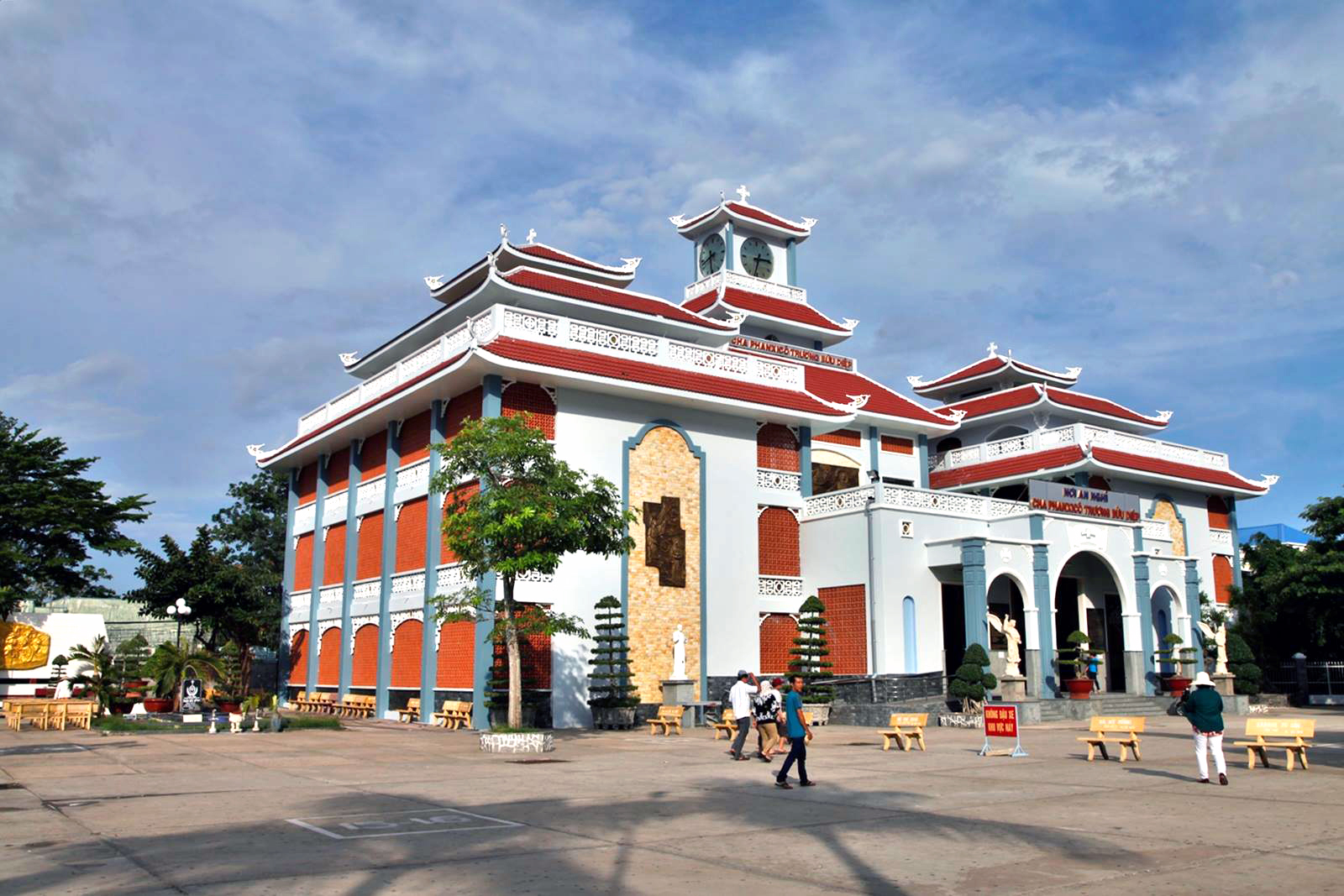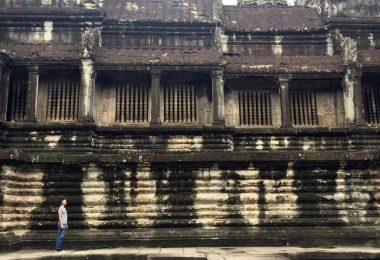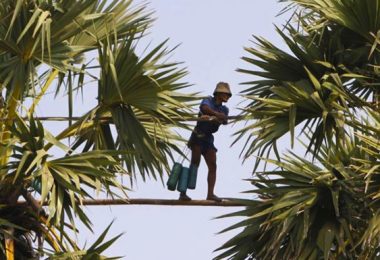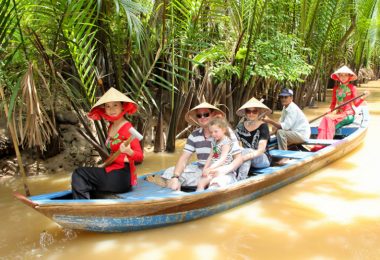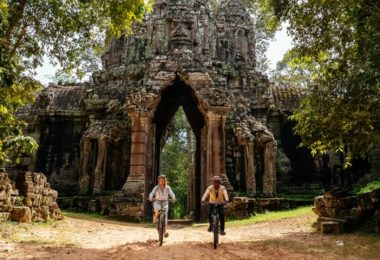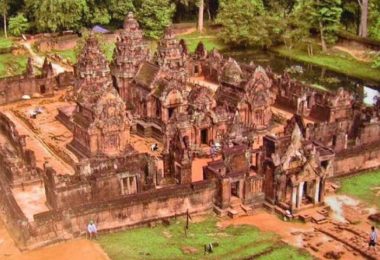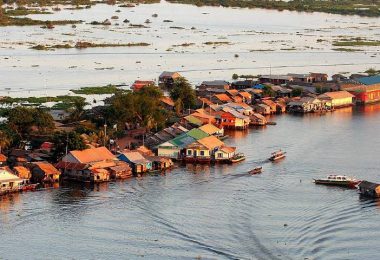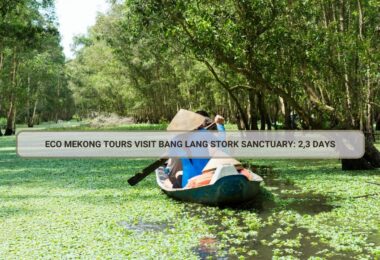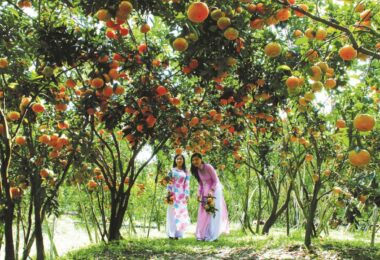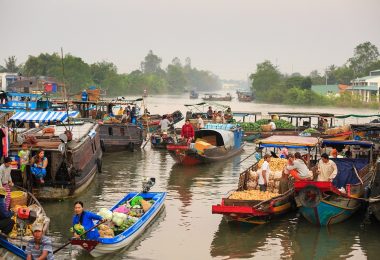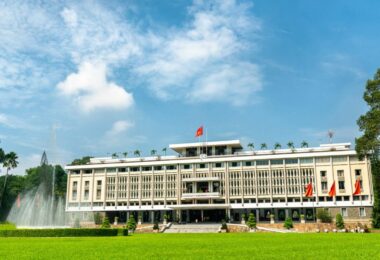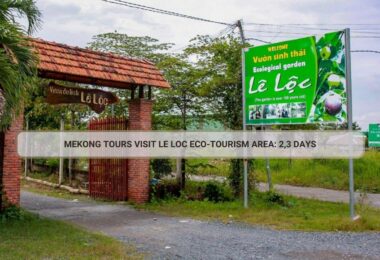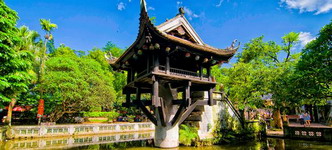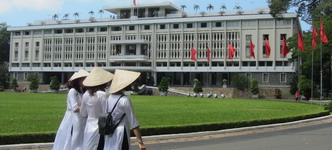History:
The first deity was a few people from far away such as Tra Long, Kinh Notre Dame, Ho Phong, etc. Currently, there is no one who has lived more than 80 years in the parish to provide documents for the early years. However, from the baptismal book and the oral traditions of the ancients, we can know that Father Jules DUCQUET, a French, of the Paris Missionaries Association, pastor of Bac Lieu family is the founder of the religion. Perhaps Tac Say is a branch of Bac Lieu. The first signature in the baptismal book at the parish of Father Jean Chrysostome CHE THANH TRI is dated June 10, 1925. This is considered as a milestone of the founding of the religion. As of today, March 10, 2000, they have just turned 75 years.
In the early days, there were only a few parishioners scattered in the dense forest of reeds, mangroves, acacias… Because there was no security, Father Duquet and Che Thanh Tri sometimes stopped by to baptize and comfort them. , support the laity. By August 1926, they became the main religious family. The first pastor was Father Paul TRAN MINH Kinh. During Father’s time, there was a small temporary chapel made of forest trees and leaves, located on the riverside, in Thanh Thuong hamlet, An Trach commune, Gia Rai, on the land of Mr. Ba Thai, the first pastor lived from August 1926 to March 1930. .
In March 1930, Father Francis TRUONG BAU Diep returned to his office, he moved the chapel to the side of the national highway, before the National Highway 4 going from Can Tho to Ca Mau, roofed with wooden panels, and built the house of the pastor and aunt. blessing. During his time as a pastor, he had a relationship with religious teachers, many people converted to religion… He established many religious groups around Tac Say area such as Khuc Treo, Ba Doc, An Hai, Chu Chi, Dau Sau, Dong Go. , Rach Snake… Working with him were two blessed Aunts of Divine Providence and three advocates. He is a person who has made a lot of contributions to the religious people of this area. The morning and evening bells ring every day, inviting the flock to God. On the bell is the name of Father Francis Truong Buu Diep. It is a memento of Father still in the parish. The social situation was bleak, the parishioners were displaced. After the heroic sacrifice, dying for more than 70 of Father’s faithful on March 12, 1946, the church was scattered, the church, the common house, the property was robbed, burned, only a few families remained for many days. yield. From 1946 to 1956, Fathers John Bt. Pham Bia Vang, Peter Tran Minh Ky, Michael Le Tan Cong, Alphonsus Nguyen Thien Tu, Francis Nguyen Van Duong from the families Bac Lieu, Cai Huu (Vinh My), Ca Mau came to help.
In 1952, Bishop John Bt. Chaabalier, Bishop of Phnom Penh (Nam Vang) Cambodia, and two French officers who wanted to re-establish their parish, called on Dominico Tran Dai Phuoc and Peter Nguyen Van Manh, from Ho Phong, to rebuild the house. worship. The situation was peaceful, the parishioners gathered gradually. The chapel was re-formed, with a melaleuca tree thatched with leaves, two eight-meter apartments, to pray early in the evening. In 1956, Father Louis Marcello DANG TUAN ANH (Allbéza) was sent by his superior to take care of the flock. He expanded the chapel into four 12-meter-long apartments, the aunt’s house and the rectory, though simple, but also a warm place for humanity, a place for children to study. Father stayed in the parish until February 1958.
In August 1958, Father John Bt. HO VAN DAI about taking care of the religious family. Because of the lack of security, the pastor often stayed up in the district, 7km from the parish, from there, there were more chapels, rectory, and Auntie’s house in Gia Rai. The war happened again, and he was reluctant to form a force to keep his parish and the surrounding area safe. In 1963, Father built the church with solid materials, 10 meters wide, 32 meters long, tin roofed on the present land. Unfortunately, He was mortally wounded. The two religious families, Tac Say and Gia Rai, have no priests, their common house is quiet, and some parishioners are looking for a safe place to live.
In early 1956, Father Joseph NGUYEN VAN TÍCH returned to work as a pastor. Accustomed to endure tough times in difficult times, they revived again. Social activities, missions, and industrial facilities were established at Hoi Chamber. The school is solidly built, consisting of two rows, each row of 4 rooms, meeting the learning needs of the children of the clergy. The Father’s part is in a small house on the platform. He gathered parishioners displaced by the war in Dau Sau, Chu Chi and Cho Hoi to form Hoa Binh parish, in hamlet 3, Tan Phong. He left the remains of Father Francis Truong Buu Diep, buried in the sacristy of Khuc Treo church towards the head of Tac Say church in 1969. Father stayed at the parish until May 1970.
From May 1970 to June 1971, Father Francis LE ELEGANT returned to continue his growing work at the parish. After a year, Father changed to Da Lat University to receive a new assignment.
In July 1971, Father Anthony NGUYEN TRI VIEN was named pastor by his superiors. With the available facilities, he paid more attention to the people in terms of religion, often going up and down in two families Gia Rai – Tac Say. The great event of the country in 1975 changed people’s skin, some people were confused and worried, some people were happy. Father stayed in the parish until August 1976. At this time, Father Peter Le Van Duyen came to help when the pastor was sick for a while and was away. During the transitional period, Father James Le Van To and Francis Huynh Van Son came to the parish to administer the sacraments.



























